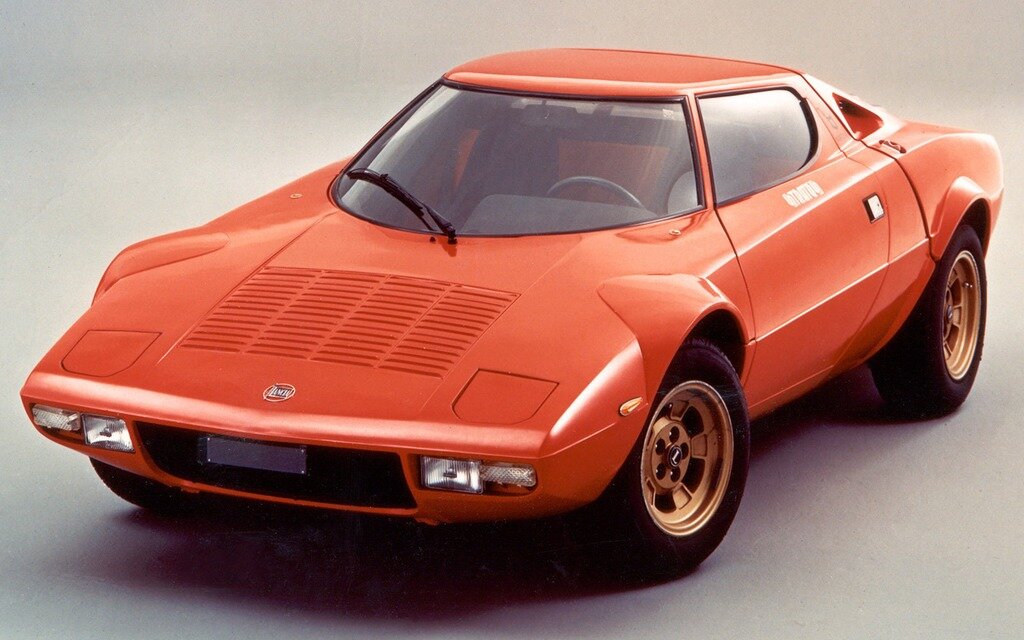In reply to alfadriver (Forum Supporter) :
It's difficult to really answer your question because there's so many variables. But I think the big thing is you actually made more work for yourself by trying to make less work for yourself.
Honestly, I think you would have been better off making a single larger patch that went almost to the door. Extend your top line all the way to the door seam about 3/4" from the sill and followed that line around to your vertical cut at the bottom. With bodywork, (and especially fabrication work) the "hard way" is, in reality, almost always the easy way.
It's much easier to fit larger sweeping curves than hard transitions. Also, having your cut line next to body line makes for a stiffer fit up that's less likely to move with heat. I usually put masking tape along my body line and cut next to the tape instead of trying to mark with a scribe, or pen. It makes for straighter more reliably parallel cut lines.
The other thing people get sucked into (and why I take issue with Fitzees approach) is forcing the panel onto the car. If it doesn't lay flat, you're not ready to scribe your final cut line yet. If you're pushing on the panel or using clamps to force it down you almost always flatten your patch somewhere which stretches it and makes it look bigger than it is. Then you scribe, and when you stop pressing or release your clamps, the panel springs back, you cut your hole at your scribe line and now your patch is too small leaving a gap where you intended to butt welding. Which, you should never cut right to your scribe line anyway, get to like 1/4"-3/8" and test fit again to make sure there wasn't an interference issue you couldn't see. Then cut half of the rest and then use a flap disk or a die grinder with a roloc to fine tune the last 1/8" or so. (If you fit a panel with less than 20 mock ups, you're probably doing it wrong. LOL)
If you work like Fitzee, and you push the panel down, tack then do small cuts and weld without looking at the fit without the patch panel sprung, you won't realize your patch was undersized until you go to do filler work and find all the low spots. Plus, that patch panel is still sprung, so it won't behave predictably when you try to do hammer/dolly work.
Of course, with panels like this, you're going to have to start with the arch so it will overlap properly, then work to the opposite corner.
With all that said... Just cut yourself a big access hole in the inner well, or the inner structure and weld it back in after the exterior stuff is straight. It really won't matter if your wheel well doesn't get patched back in perfect, and since it's a round section, it can just get hammered back outward to mitigate shrinkage, should you deem it necessary. (But do be careful not to shrink close to the arch.)
 It doesn't hurt to have a genre to shoot for that was made out of rusty garbage.
It doesn't hurt to have a genre to shoot for that was made out of rusty garbage.







































